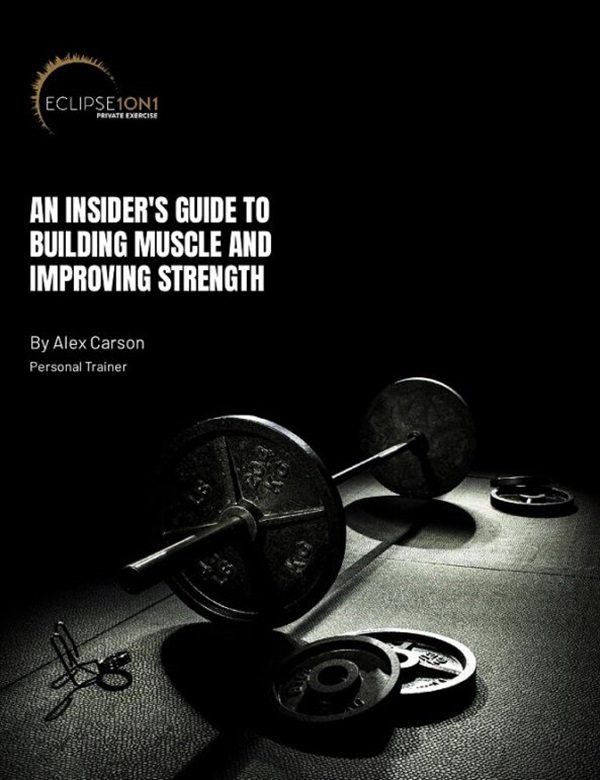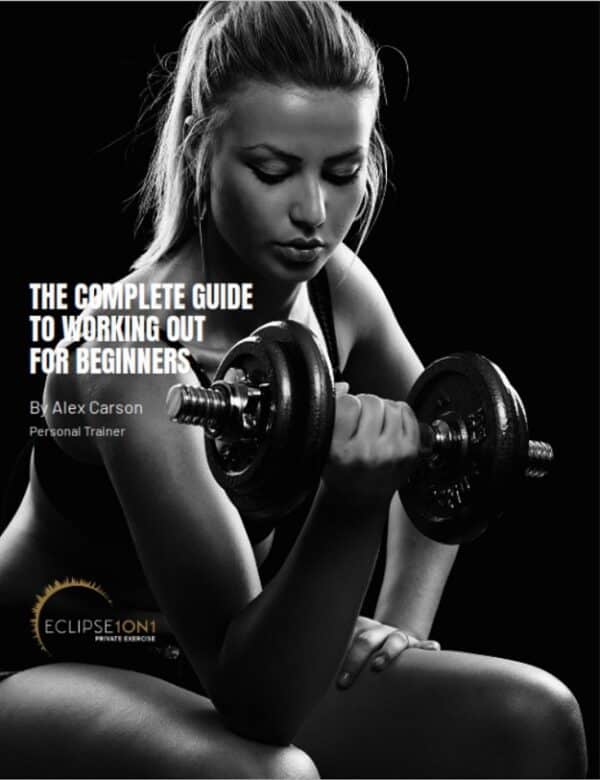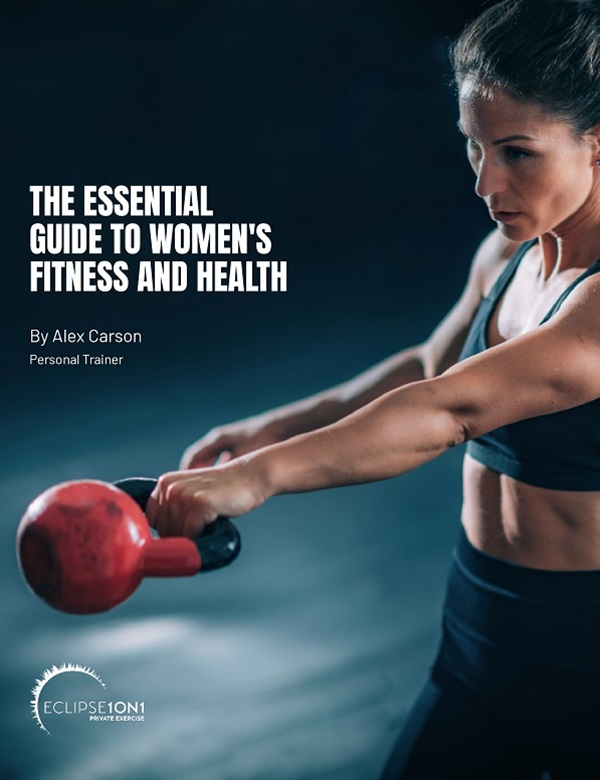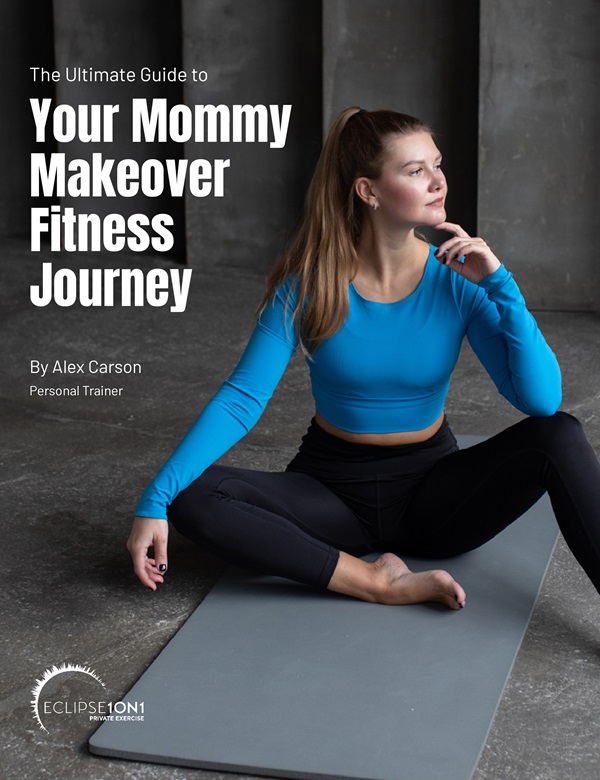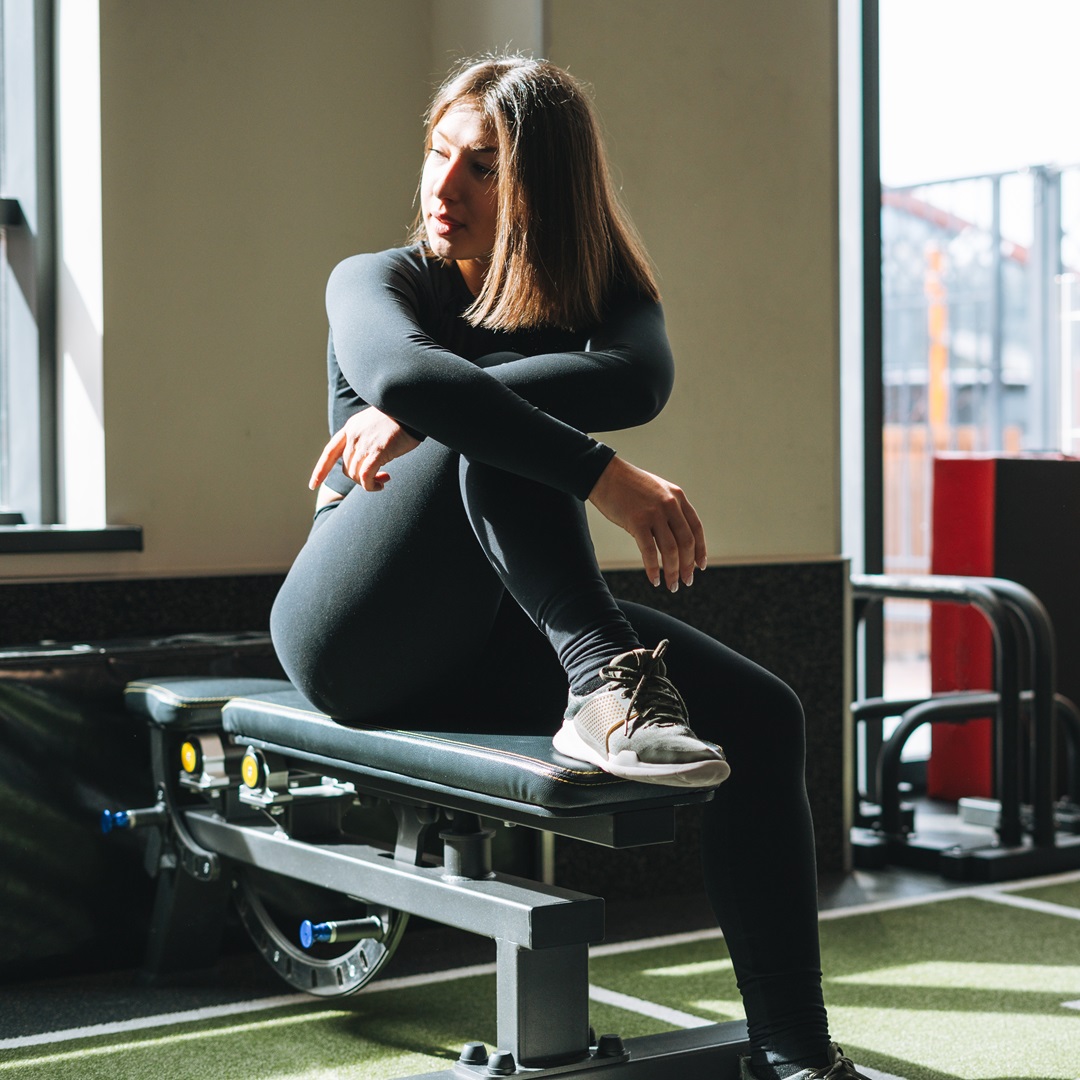Stretching After Exercise: It Matters More Than You Think
Stretching After Exercise: It Matters More Than You Think
You may have seen athletes or fitness enthusiasts stretching after their workouts. You may even have been told to stretch after working out yourself. But do you know why stretching after exercise is important? It’s not just a random activity; it has concrete benefits for your body that can improve your performance and prevent injury.
In this article, we’ll explore why stretching after exercise matters more than you may think. We’ll discuss the science behind stretching, the benefits it provides, and how you can incorporate it into your fitness routine. Whether you’re a beginner or a seasoned pro, understanding the importance of stretching can make all the difference in your fitness journey.
Accelerating Recovery
Stretching after exercise does more than just cool you down; it actively helps your body recover from the physical stress you just put it through. When you exercise, your muscles contract and release, causing micro-tears. These small tears are the reason you feel sore after an intense workout. But when you stretch, you help those tears heal more quickly and efficiently.
Additionally, stretching after exercise can improve your range of motion and flexibility. This can lead to better performance in future workouts and decreased risk of injury. Tight muscles can restrict movement and lead to imbalances in the body, increasing your risk of sprains, strains, and other injuries.
Match Your Stretches to Your Workout
Not all stretches are created equal, however. It’s important to focus on stretches that target the specific muscles you worked during your workout. For example, if you did a lot of squats, you’ll want to focus on stretching your glutes, hips, and quadriceps. If you’re not sure how to stretch effectively, then consider working with one of our personal trainers.
First, Take a Break
Timing is also important when it comes to stretching. While it’s tempting to stretch immediately after your workout, it’s more effective to wait until your muscles have had a chance to cool down. Give yourself at least five minutes after your workout to walk around and let your heart rate come down. Then, spend another 10 to 15 minutes stretching, holding each stretch for at least 30 seconds.
Incorporating stretching into your fitness routine doesn’t have to be complicated or time-consuming. You can do stretches at home using a mat or even just a towel. Focus on targeting the areas that feel tight or sore after your workouts and listen to your body. If something feels uncomfortable or painful, don’t push it.
So, if you want to get the most out of your workouts, stretching after exercise is key. It may seem like a small detail, but the benefits are significant. Stretching can improve your recovery time, reduce your risk of injury, and help you perform better in future workouts. Best of all, you don’t need fancy equipment or a lot of time to incorporate stretching into your routine. Simply carve out a few minutes after each workout to stretch your muscles and enjoy the benefits for days to come.
Still need more help? Connect with personal trainer Craig Peter, who is our resident expert on stretching. Craig has been part of the Eclipse 1-on-1 team since 2003, where he has become well-known for his stretching regimens to improve flexibility and reduce injury.

